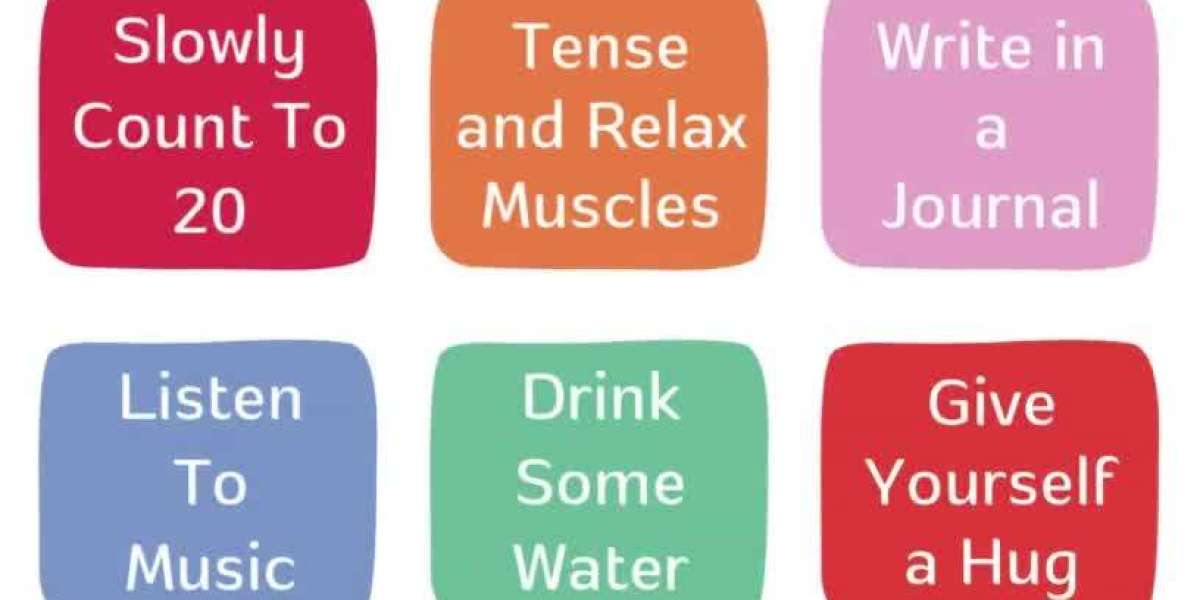Managing ADHD isn’t just about medication—it’s about creating sustainable daily habits that calm the chaos. Whether you're an adult juggling work and responsibilities or a parent supporting a child, effective ADHD calming strategies can make all the difference in maintaining focus and emotional balance.
1. Breathing Techniques:
Deep, controlled breathing activates the parasympathetic nervous system. Try the 4-7-8 technique: inhale for 4 seconds, hold for 7, and exhale for 8. Repeat for 2–3 minutes. It’s especially helpful during meltdowns or when anxiety spikes.
2. Physical Movement:
Short bursts of physical activity help discharge excess energy. Jumping jacks, a walk around the block, or 5 minutes of stretching can reduce restlessness and improve concentration.
3. Weighted Items:
Weighted blankets or lap pads apply gentle pressure that can soothe the nervous system. This tactile input helps reduce sensory overload and fosters a sense of security.
4. Mindful Coloring or Doodling:
These low-effort, repetitive actions keep the hands busy while allowing the mind to settle. Use coloring books with mandalas or simple shapes.
5. Noise-Canceling Headphones:
Blocking background noise reduces distractions. Pair with white noise or ambient music to improve focus in overstimulating environments.
6. Chunking Tasks:
Break tasks into small, manageable steps. Write each step down and check them off one by one. This reduces overwhelm and provides a sense of progress.
7. Grounding Exercises:
Try the 5-4-3-2-1 method: identify 5 things you can see, 4 you can touch, 3 you can hear, 2 you can smell, and 1 you can taste. It’s an effective way to redirect attention during emotional flooding.
8. Consistent Routine:
Predictability reduces anxiety. Stick to regular sleep, meal, and activity times. Even visual schedules help anchor daily expectations.
9. Minimalist Spaces:
Clutter increases mental distraction. A tidy, low-stimulation environment supports clearer thinking and less impulsivity.
10. Cold Water Splash:
A quick splash of cold water on the face can interrupt spiraling thoughts or rising frustration by triggering the body's calming reflex.
While ADHD presents many challenges, practicing even a few of these ADHD calming strategies can support mental clarity, emotional regulation, and daily peace without overwhelming your routine.






